Comparative Evaluation of UV Spectrophotometry for Sun Protection Factor (SPF) Determination in a Reproducible in Vitro Method
DOI: 10.23977/analc.2025.040106 | Downloads: 14 | Views: 629
Author(s)
Hanxuan Kong 1
Affiliation(s)
1 Shanghai Shangde Experimental School, Shanghai, China
Corresponding Author
Hanxuan KongABSTRACT
Ultraviolet (UV) radiation is a recognized carcinogen, with UVA (320–400 nm) and UVB (290–320 nm) contributing to photoaging, skin damage, and cancer. Sunscreens mitigate these risks, but there are discrepancies between labeled and actual Sun Protection Factor (SPF) values. This study employed UV–Vis spectrophotometry to assess SPF accuracy and photostability of commercial formulations under dark storage and natural sunlight over three weeks. Most products showed measured SPF values consistent with labels, though SkinBoard and L’Oréal were significantly lower, and Vaseline Brightening Skin Isolation fell within an acceptable deviation. SPF values declined across all samples, with slower reductions under dark storage. Dabao Watery Multi-action displayed the highest photostability, while SkinBoard declined most rapidly. These results prove UV–Vis spectrophotometry as a reliable, ethical alternative to in vivo testing and emphasize the need for improved quality control and photostability in sunscreen development.
KEYWORDS
Ultraviolet Radiation, Sunscreen, SPF, UV–Vis Spectrophotometry, Photostability, Labeling AccuracyCITE THIS PAPER
Hanxuan Kong, Comparative Evaluation of UV Spectrophotometry for Sun Protection Factor (SPF) Determination in a Reproducible in Vitro Method. Analytical Chemistry: A Journal (2025) Vol. 4: 40-46. DOI: http://dx.doi.org/10.23977/analc.2025.040106.
REFERENCES
[1] International Agency for Research on Cancer (2012). Solar and Ultraviolet Radiation. [online] www.ncbi.nlm.nih.gov. International Agency for Research on Cancer.
[2] Meyers, R. (2001). Encyclopedia of Physical Science and Technology. ScienceDirect.
[3] Gray, N.F. (2014). Ultraviolet Disinfection. Microbiology of Waterborne Diseases, pp.617–630.
[4] Aislyn Oulee, Ahn, G.S., Javadi, S.S. and Wu, J.J. (2023). Phototherapy and DNA Damage: A Systematic Review. The Journal of Clinical and Aesthetic Dermatology, [online] 16(6), p.55.
[5] Matta, M. K., et al. (2015). Comparison of Sunscreen SPF Determination Methods: A Study on Various Approaches and Technologies. Dermatologic Therapy.
[6] Brar, G., Dhaliwal, A., Brar, A.S., Manasa Sreedevi, Ahmadi, Y., Irfan, M., Golbari, R., Zumárraga, D., Yateem, D., Lysak, Y. and Abarca-Pineda, Y.A. (2025). A Comprehensive Review of the Role of UV Radiation in Photoaging Processes Between Different Types of Skin. Cureus, [online] 17(3).
[7] Al-Sadek, T. and Yusuf, N. (2024). Ultraviolet Radiation Biological and Medical Implications. Current Issues in Molecular Biology, [online] 46(3), pp.1924–1942.
[8] Emri, G., Paragh, G. and Tósaki, A. (2018). Ultraviolet radiation-mediated development of cutaneous melanoma: An update. Journal of Photochemistry and Photobiology B: Biology, [online] 185, pp.169–175.
[9] Young, A.R. (1997). Chromophores in human skin. Physics in Medicine and Biology, [online] 42(5), pp.789–802.
[10] Amaro-Ortiz, A., Yan, B. and D’Orazio, J. (2014). Ultraviolet Radiation, Aging and the Skin: Prevention of Damage by Topical cAMP Manipulation. Molecules, [online] 19(5), pp.6202–6219.
[11] Lopes, D.M. and McMahon, S.B. (2015). Ultraviolet Radiation on the Skin: A Painful Experience? CNS Neuroscience & Therapeutics, [online] 22(2), pp.118–126.
[12] Krull, U.J. and Thompson, Michael. (2003). Analytical Chemistry. Encyclopedia of Physical Science and Technology, pp.543–579.
[13] Wilson, B.D., Moon, S. and Armstrong, F. (2012). Comprehensive Review of Ultraviolet Radiation and the Current Status on Sunscreens. The Journal of Clinical and Aesthetic Dermatology, [online] 5(9), p.18.
[14] González, S., Aguilera, J., Berman, B., Calzavara-Pinton, P., Gilaberte, Y., Goh, C.-L., Lim, H.W., Schalka, S., Stengel, F., Wolf, P. and Xiang, F. (2022). Expert Recommendations on the Evaluation of Sunscreen Efficacy and the Beneficial Role of Non-filtering Ingredients. Frontiers in Medicine, 9.
[15] Mansur, J. A., et al. (2007). Evaluation of sun protection factor (SPF) using spectrophotometry and its application to sunscreen products. International Journal of Cosmetic Science.
[16] Tsai, Y. C., & Chen, S. Y. (2005). Determination of Sun Protection Factor (SPF) of Sunscreen Products by UV Spectrophotometry. Journal of Cosmetic Science.
[17] Shen, L., Pang, P., Zhong, M., Sun, Y., Qayum, A., Liu, Y., Rashid, A., Xu, B., Ma, H., Ma, H. and Ren, X. (2023). A comprehensive review of Ultrasonic assisted extraction (UAE) for bioactive components: principles, advantages, equipment, and combined technologies. Ultrasonics Sonochemistry, 101, pp.106646.
[18] Xu, W., Yu, H., Yang, F., Yang, F., Liu, D., Lu, K., Gao, H. and Song, Y. (2022). Second derivative UV–visible spectroscopy characterizing structural components of dissolved and particulate organic matter in an urbanized river. Environmental Sciences Europe, 34(1).
[19] Prasad, A.A. and Kay, M. (2020). Assessment of Simulated Solar Irradiance on Days of High Intermittency Using WRF-Solar. Energies, 13(2), p.385.
[20] Fitzpatrick, T. B. (1988). The validity and practicality of sun protection factor (SPF) determination in sunscreens. American Journal of Clinical Dermatology.
[21] Berardesca, E., et al. (2003). Evaluation of the effectiveness of sunscreens by skin color and sun protection factor. International Journal of Dermatology.
| Downloads: | 1383 |
|---|---|
| Visits: | 78415 |
Sponsors, Associates, and Links
-
Forging and Forming
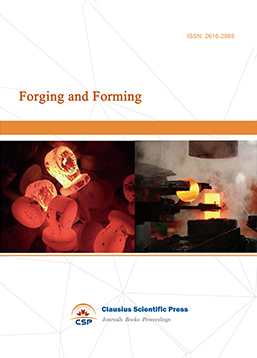
-
Composites and Nano Engineering
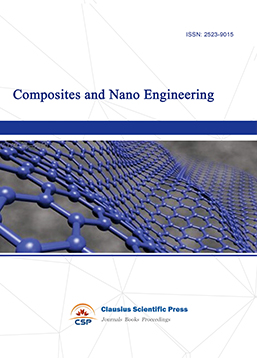
-
Journal of Materials, Processing and Design
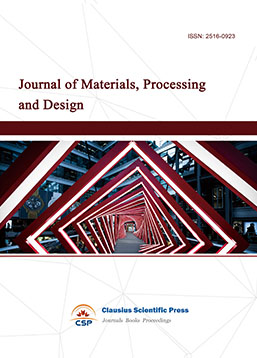
-
Metallic foams
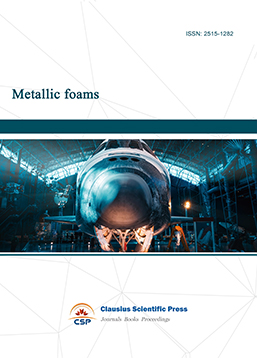
-
Smart Structures, Materials and Systems
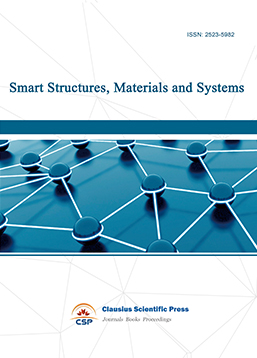
-
Chemistry and Physics of Polymers
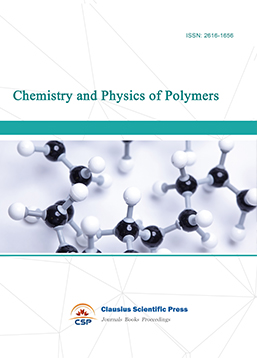
-
Modern Physical Chemistry Research
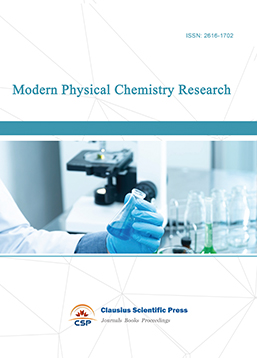
-
Inorganic Chemistry: A Journal
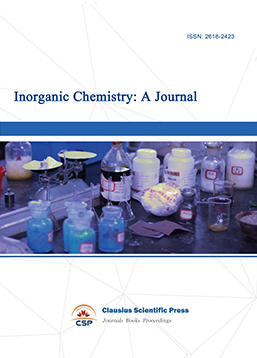
-
Organic Chemistry: A Journal
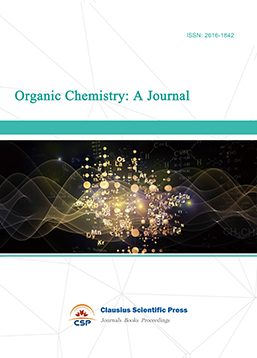
-
Progress in Materials Chemistry and Physics
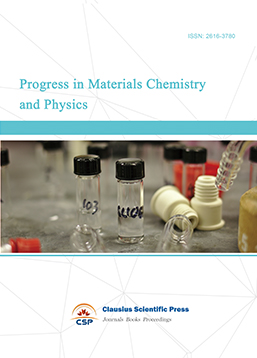
-
Transactions on Industrial Catalysis
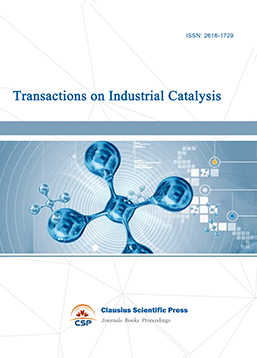
-
Fuels and Combustion
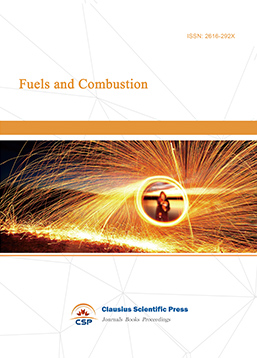
-
Casting, Welding and Solidification
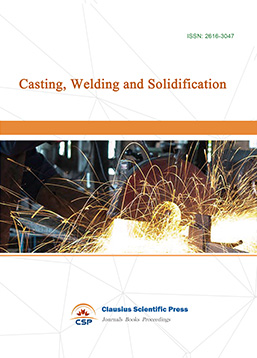
-
Journal of Membrane Technology
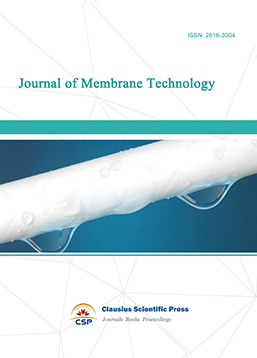
-
Journal of Heat Treatment and Surface Engineering
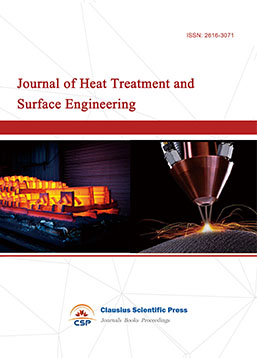
-
Trends in Biochemical Engineering
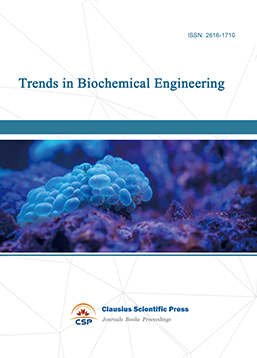
-
Ceramic and Glass Technology
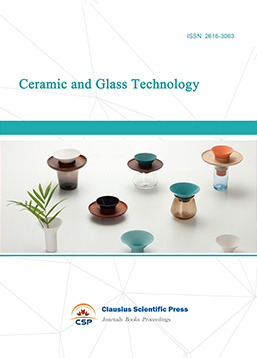
-
Transactions on Metals and Alloys
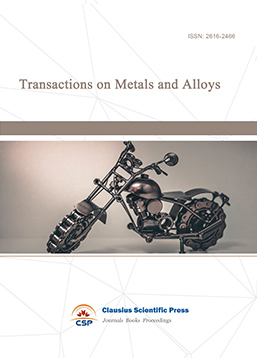
-
High Performance Structures and Materials
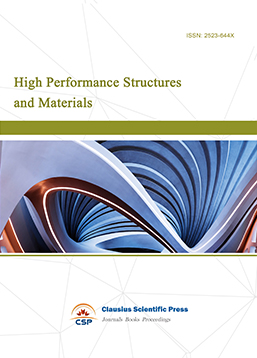
-
Rheology Letters
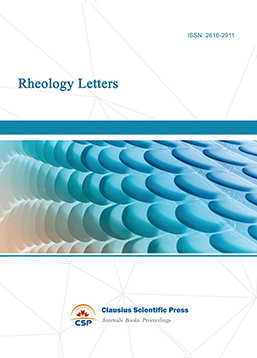
-
Plasticity Frontiers
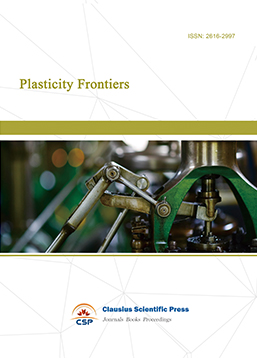
-
Corrosion and Wear of Materials
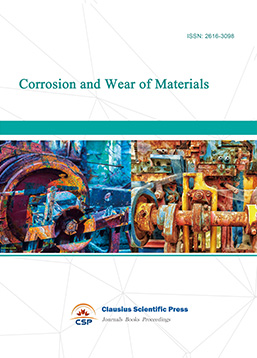
-
Fluids, Heat and Mass Transfer
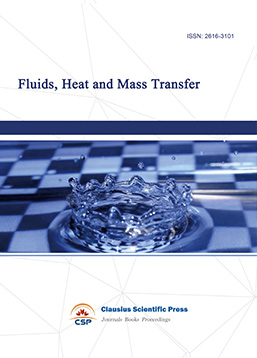
-
International Journal of Geochemistry
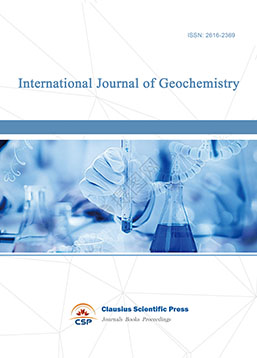
-
Diamond and Carbon Materials
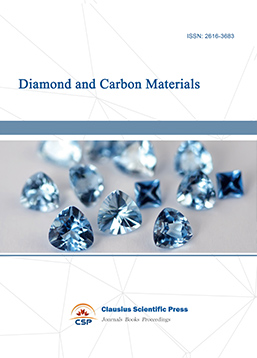
-
Advances in Magnetism and Magnetic Materials
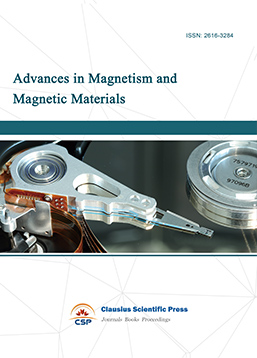
-
Advances in Fuel Cell
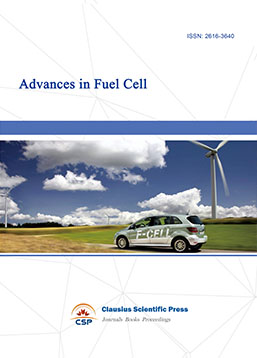
-
Journal of Biomaterials and Biomechanics
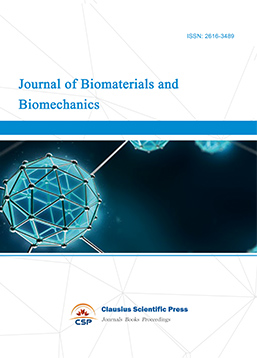

 Download as PDF
Download as PDF